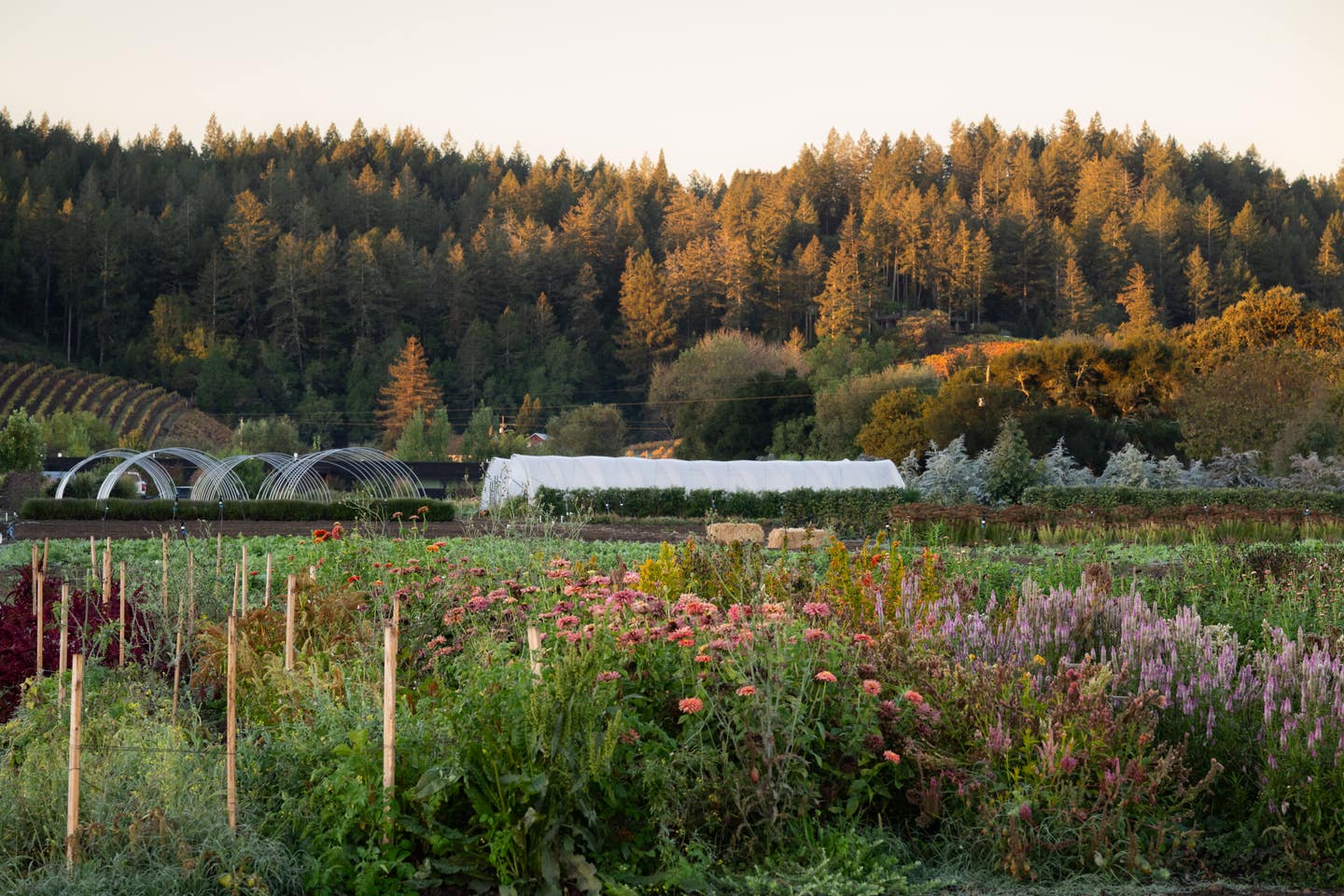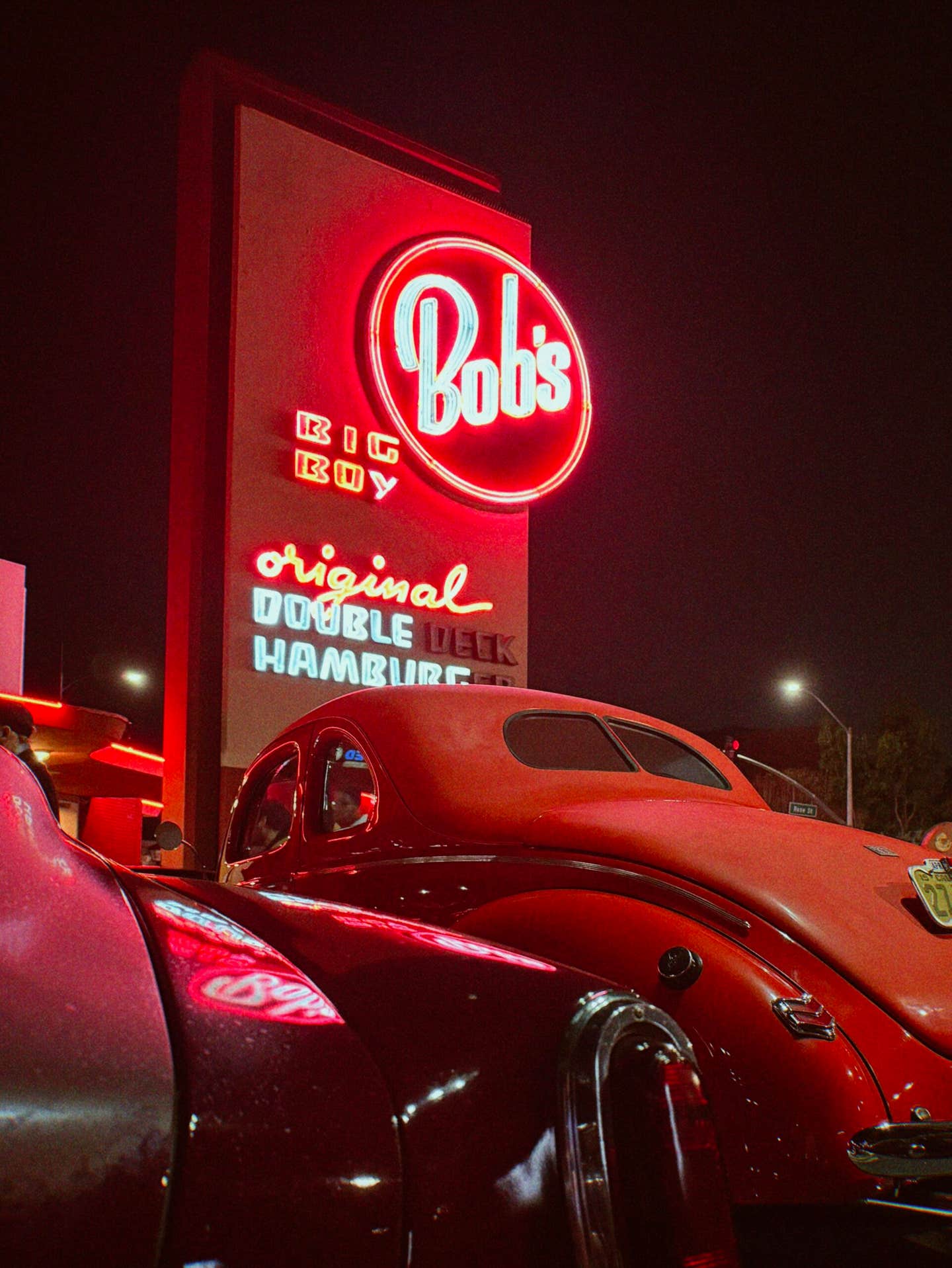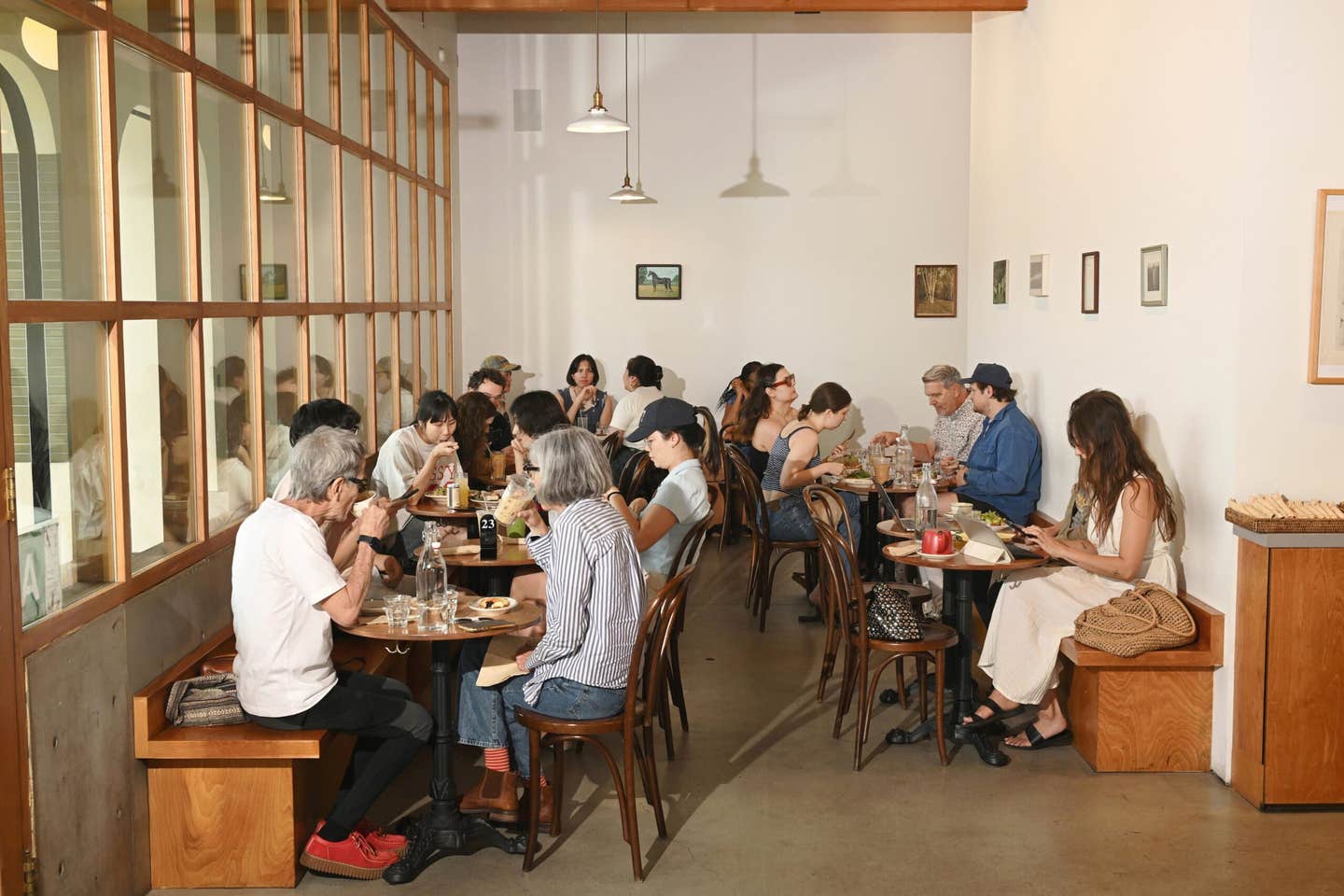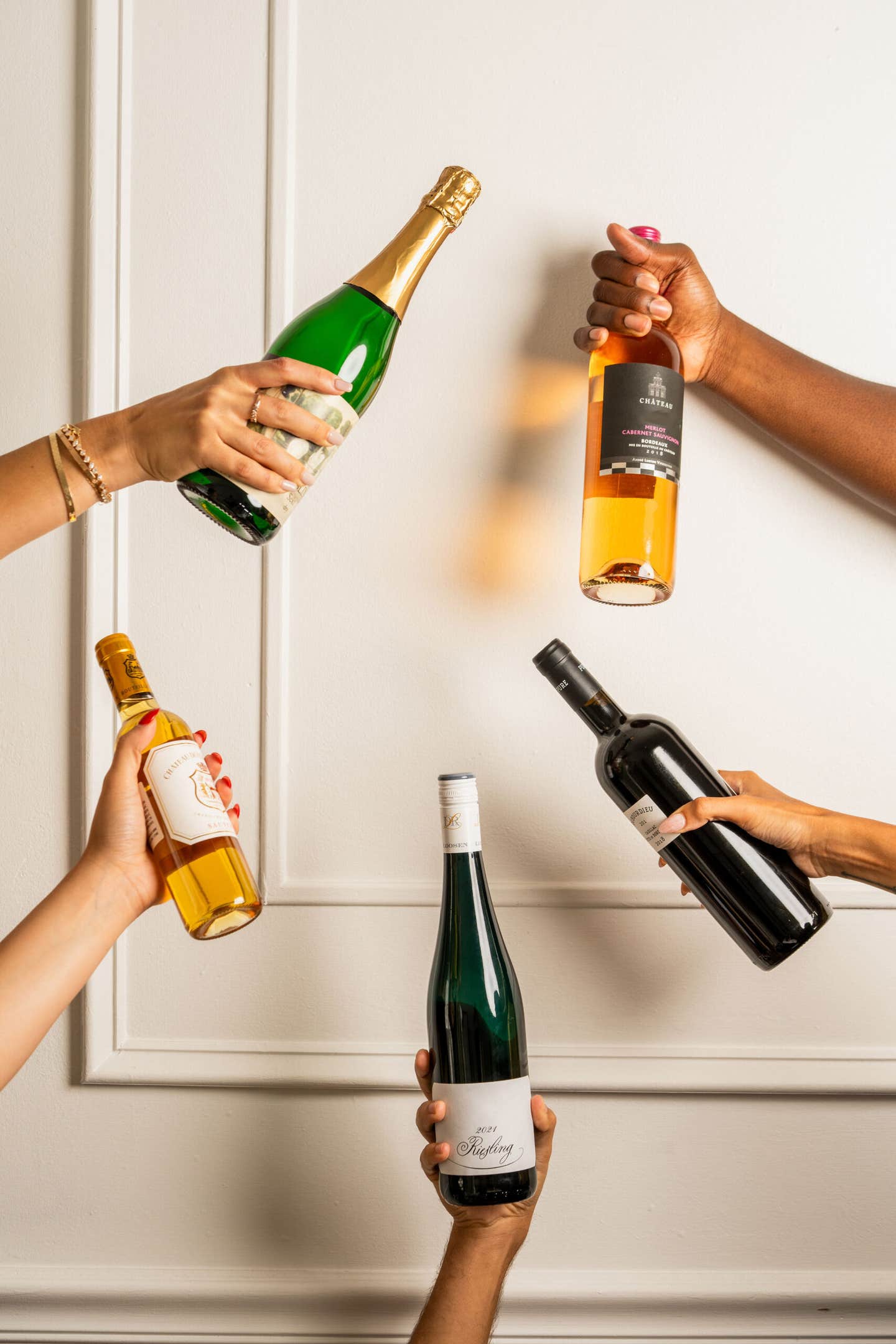Slow Life, The Return of the Teahouse
On a stormy Monday evening in February, I found refuge at the cozy Arts District haven that is Shiloh Tea. A barefoot (late night) teahouse that courageously defies everything an Angeleno may expect from a night out on the town—swap loud music for instrumentals, high tops for floor pillows, booths for cozy reading nooks, the smell of booze for incense, and, of course, tea.
On a stormy Monday evening in February, I found refuge at the cozy Arts District haven that is Shiloh Tea. A barefoot (late night) teahouse that courageously defies everything an Angeleno may expect from a night out on the town—swap loud music for instrumentals, high tops for floor pillows, booths for cozy reading nooks, the smell of booze for incense, and, of course, tea.
Shiloh embodies some of the best qualities of what American Sociologist Ray Oldenburg called the “third place”—a physical space and social environment central to community life, separate from home (the “first place”) and work (the “second place”). A third place breeds serendipity and values connection over productivity. It’s where you encounter familiar faces, strike up conversations with strangers, and ease into the relief of public life, away from the rigidity of our everyday responsibilities. Common third places look like cafes, bars, churches, bookstores, skate parks, and so on. Shiloh doesn’t quite resemble any of them, not even a typical cafe, and that’s what makes it so special.
It was Open Mic Night on that Monday evening, and I had every intention to observe quietly from the corner. But something in their special sauce inspired me to throw my name in the hat, and, next thing you know, I’m up there—following poets and storytellers, each more talented, vulnerable, and resonant than the last. Whether you’re there for a poetry circle, natural dyeing classes, Japanese calligraphy workshops, or ambient reading room, the warmth and safety at Shiloh inspires participation.
Maybe it was the heart-opening tea, one of three blends free flowing all night, made with cacao shells, cinnamon sticks, rose and damiana. It could have been the space itself, ethereal but understated, modeled after a dream-worthy living room, but modest enough that it still felt like home. I imagine the warm lights have something to do with it, the leafy ferns and the handmade paper guestbook overflowing with colorful doodles, notes, and gratitude from past Shiloh guests. Perhaps it’s the guests themselves who all seem to know each other, or the “hosts” who double as librarians, beekeepers, herbalists, and artists. They’re each so different in essence but all seem to embody a similar heart posture. Maybe the word “tea” is not just the liquid itself, but all the sensory and energetic qualities that surround it.
Weichao Kong and Taurean Nixon of standstill tea seem to think so. Together with Weichao’s wife, Tiffany Liu, they started a tea “brand” that spans way beyond the product itself. The company was inspired by their travels back to Asia where evening outings with friends involved an invitation to the tea table—a moment to deepen connections and conversations in ways that a bar setting just couldn’t provide. Unlike Shiloh, standstill doesn’t have a physical space, yet they still have a way of creating a sense of place wherever they go—be it at festivals, events, or tea experiences at their company HQ. “That’s what tea is about,” says Weichao. “Tea is anywhere, anytime. All you need is a tea pot, cups, hot water, and a community to share it with.”
While Weichao and Tiffany grew up with an innate understanding of the importance of tea culture, it was their third business partner, Taurean (initially an observer), who recognized its transformational quality, and the importance tea has in today's world.
"As someone from the South," he says. "Who went from drinking sweet tea from McDonalds and Popeyes to red oolong with those same sweet notes, being able to connect to the nostalgia of tea while finding stillness, connection, and a sense of belonging is what it’s really about.”
Taurean calls it “intentional fun,” and he claims his whole life has changed because of it.
It’s clear that beneath modern tea culture is a desire for new types of third spaces that encourage more meaningful connection after dark. There’s a vastly developed infrastructure for people who like to drink in loud, crowded rooms, but few places to go for a cozy conversation with slow sips and a keen appreciation of flavor and sound. Perhaps LA lacks these types of spaces since they have no business being “productive” as it is currently defined… at least bars lead to sex (apparently second in line to productivity on the spectrum of American cultural values). Though we have hundreds of alcohol alternatives hitting the shelves at non-alcoholic bottle shops, it seems that the next layer of this cultural shift will infiltrate the spaces and places we design and frequent. It makes sense; CPG founders, many of whom come from Silicon Valley, tend to be quicker adopters of the health & wellness lifestyle, which is difficult to achieve while running a restaurant. But the burnout all around us is undeniable. We may no longer have a choice.
Lydia Lin and Sam Wang opened Steep LA for the same reasons. Though they don’t intend to remove alcohol from their lifestyle completely, Sam noticed the toll it was taking on his body as he got older and was inspired to create a space to wind down that captures the essence of a tea ceremony—the ritual of gathering family and friends around tea. In Cantonese culture, every occasion builds its foundation around the cornerstone of a cup of tea. For Lydia, it wasn’t necessarily something special; it was simply a way of life; one she felt the absence of here in LA. “If a coffee shop is fast, a teahouse is slow. We all need slower living.”
It’s called a “Tea-house” for a reason. Sam and Lydia designed Steep LA as a multi-use space that has something for everyone.
“The goal is to bring people together," Lydia said. "Not to isolate people who do or don’t drink alcohol.”
During the day, it operates as part cafe, part restaurant, and part retail space with couches for loungers and seated tables for diners. In the evening, it transforms into Steep After Dark for a nighttime tea service and tea-infused cocktails. Though it’s important to them that their guests have options and agency, they’re very clear about one thing: “we’re a teahouse first.”
Steep LA opened in September of 2019, but it was the pandemic when business really started to take off. They attribute it to a cultural shift, which, in our conversation, we kept referring to as “the movement.” We all innately knew what it meant but had trouble defining it. It feels like a new iteration of health & wellness, inching towards sober-curiosity, mindfulness, human connection, and work-life balance, but more diverse in its expression, and with an edge. Lydia and Sam are optimistic. They believe we’ll start to see more third spaces that embody slow living and the kind of life we all crave. I hope they’re right.
The Classic of Tea, or Ch’a Ching, was the first book ever written on tea at least 2,500 years ago. Lu Yü, the author, describes the process, ritual, and etiquette of drinking tea as the spiritual practice of harnessing energy, developing new perspectives, and finding beauty in the mundane. Yü envisioned tea to be consumed in quiet nature, on the mountain where the tea was grown, brewed through its same spring water. While a bit difficult to achieve in the modern world, we can interpret his intention as mindful consumption, core to the philosophies of Shiloh, standstill, and Steep LA.
Weichao put it best: “at the end of the day, tea is a conductor of life.”





